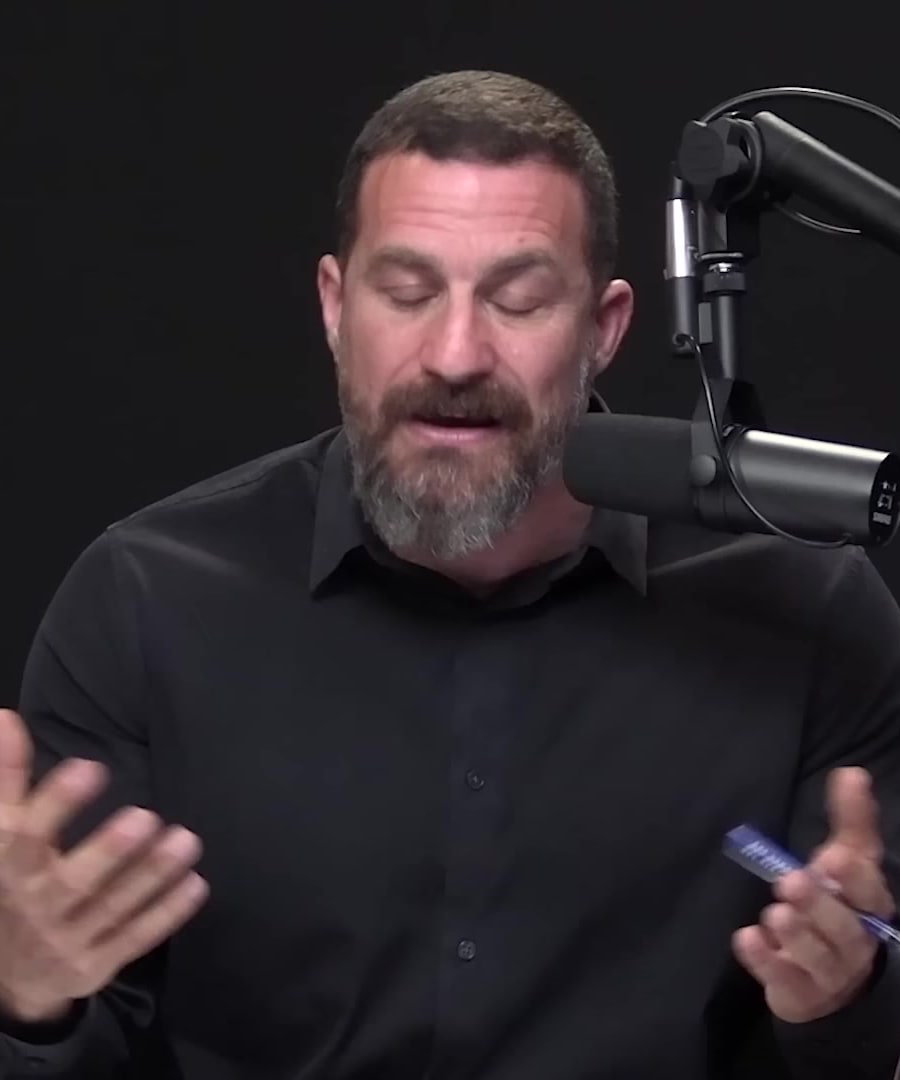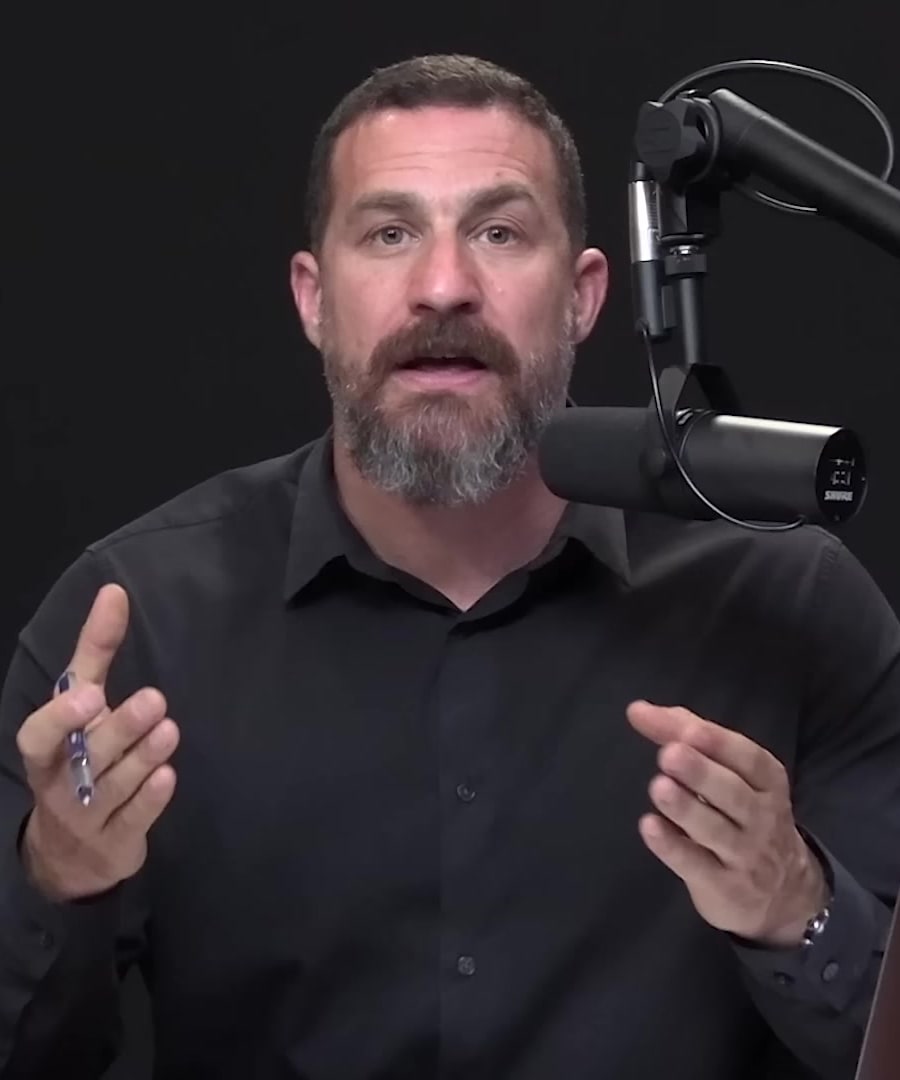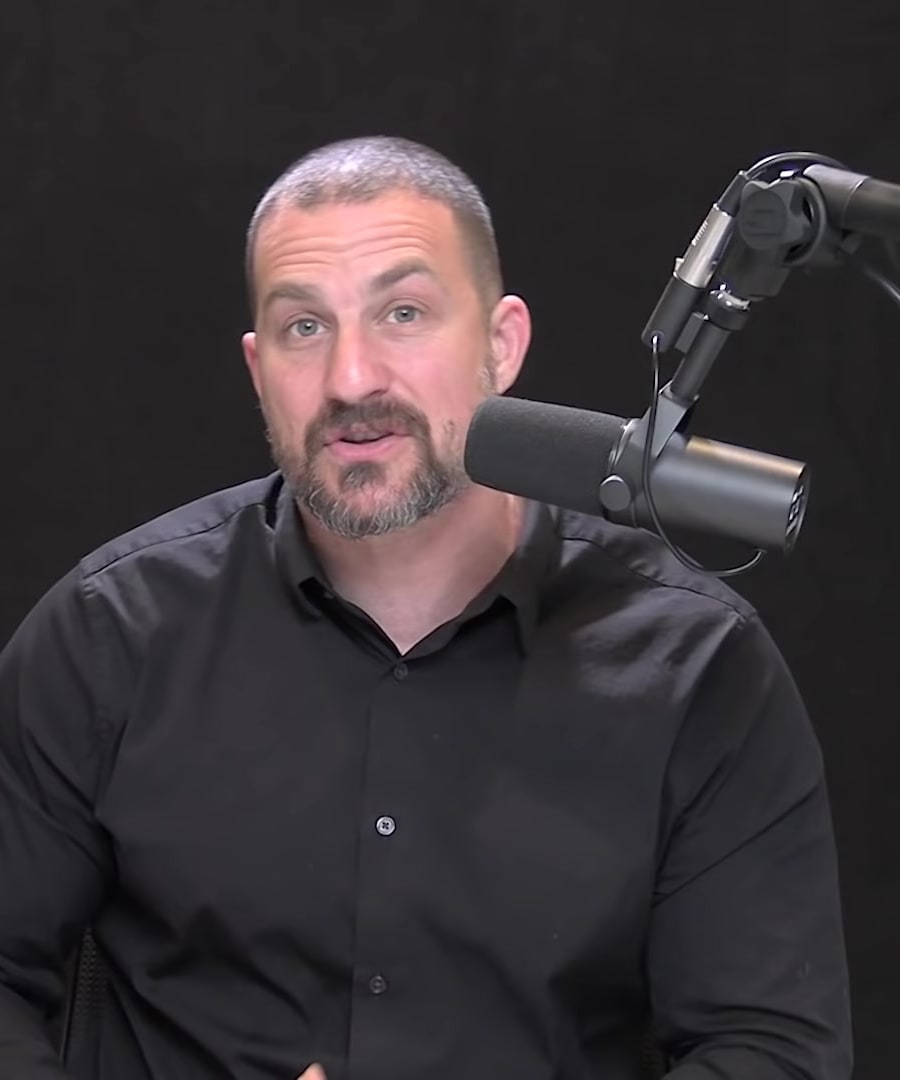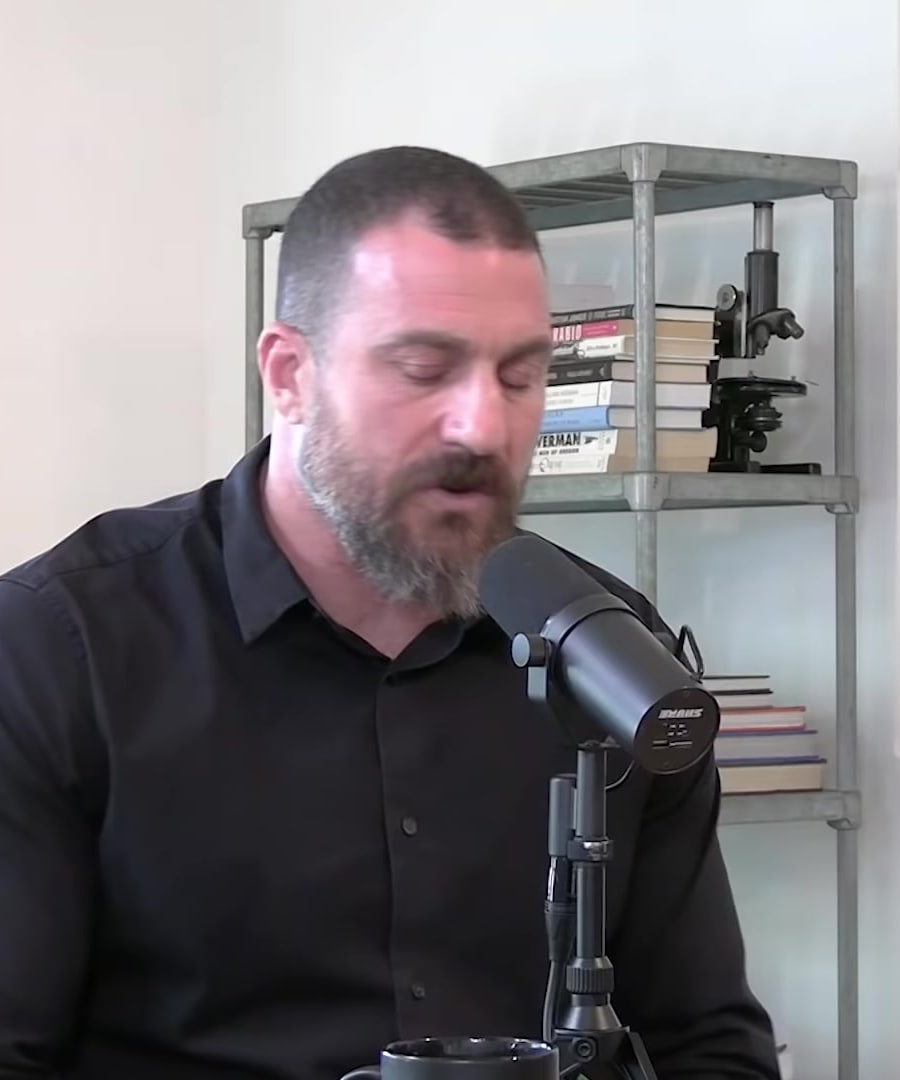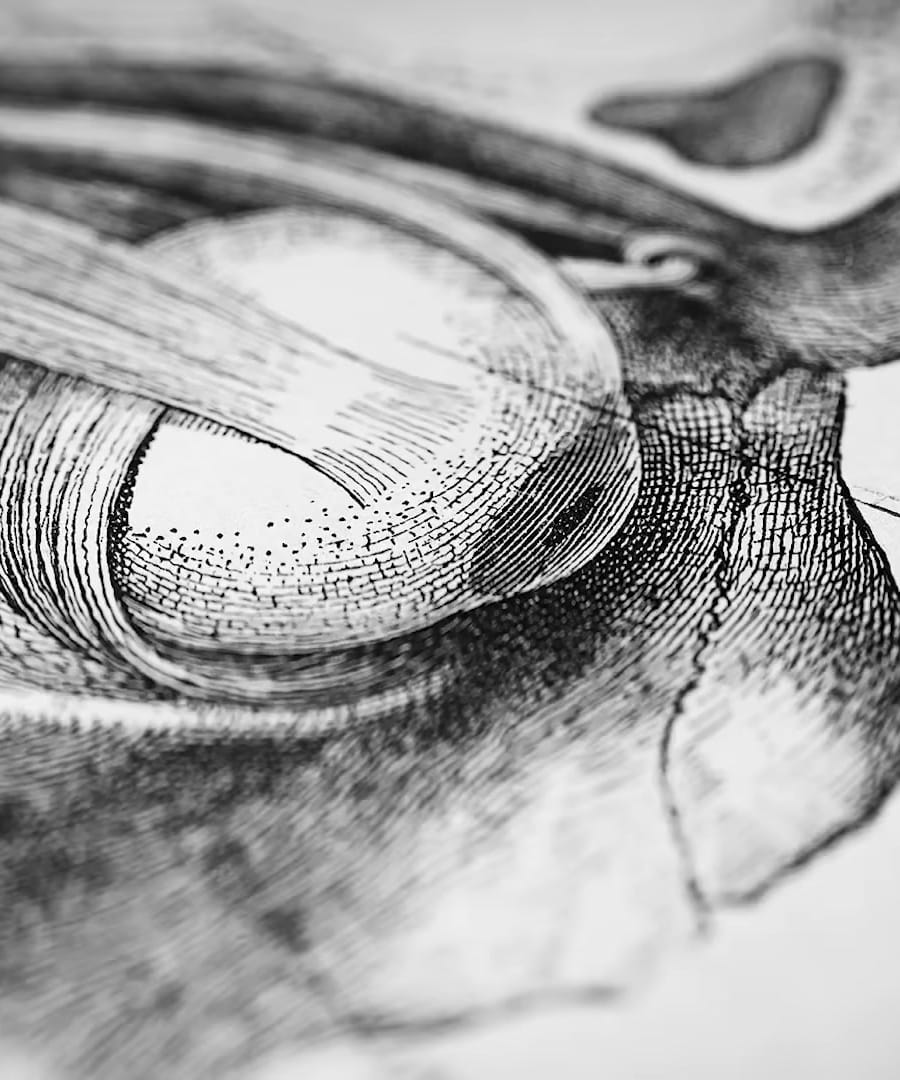hair loss
Sources:
Hair loss affects a significant portion of the population and can have substantial psychological impacts. By the age of 50, approximately 50% of men and women will notice significant hair thinning, with many experiencing anxiety over the loss. Hair loss is typically gradual from age 30 to 50 and is noticeable when individuals see their hair thinning in certain areas due to lighting conditions 1.
Hair loss, particularly pattern baldness, is often influenced by genetics and the density of androgen receptors on the scalp. These receptors, which are influenced by DHT (dihydrotestosterone), cause hair loss when they are present in higher densities. This pattern of baldness is inherited, often through the maternal lineage, but the exact inheritance pattern is complex 2.
Treatment for hair loss can involve both mechanical and chemical methods. Approaches like microneedling increase scalp stimulation, while chemical methods can involve hormones. For instance, Minoxidil, initially a hypertension drug, aids in treating hair loss by increasing blood flow to hair follicles, extending the hair's growth phase 3. However, it may not be effective for more advanced hair loss cases 3.
Hormonal aspects of hair loss also play a crucial role. Testosterone and its derivative DHT significantly influence hair and facial hair growth. Treatments like DHT inhibitors can help in slowing hair loss, but they might come with side effects such as reduced libido and motivation since DHT is important for several bodily functions 4.
Considering these factors, if you're contemplating treatments for hair loss, it might be beneficial to discuss with healthcare professionals about options like Minoxidil and localized treatments like finasteride mesotherapy. These methods target DHT locally, thus potentially minimizing side effects associated with systemic DHT reduction 5 6.
RELATED QUESTIONS
hair loss
- RELATED QUESTIONS
